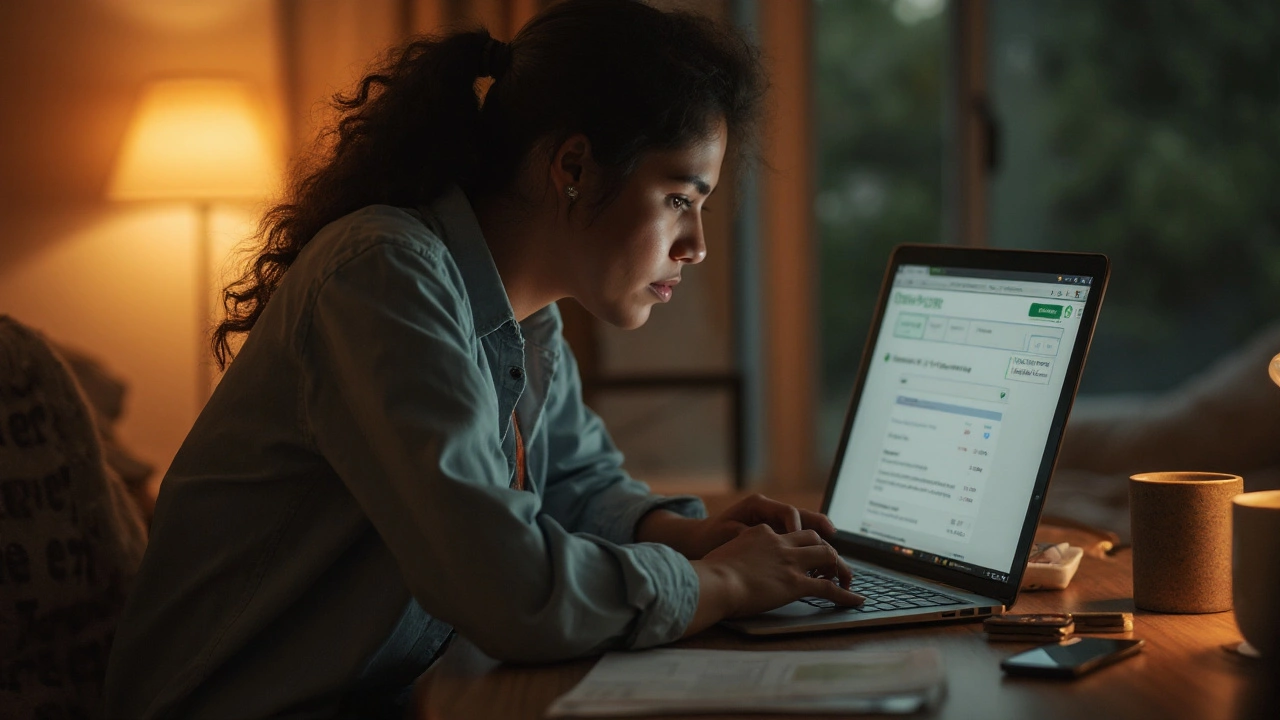Migraine Prevention: Everyday Actions That Really Work
If you’re tired of surprising migraines ruining your day, you’re not alone. The good news is most attacks have something you can change—your habits, diet, or environment. Below are real‑world steps you can start today without expensive gadgets or weird diets.
Spot and Skip Common Triggers
First thing: keep a brief headache diary. Write down when a migraine starts, what you ate, how much sleep you got, and any stress you felt. After a week you’ll see patterns. For many people, caffeine spikes, skipping meals, or bright screens show up again and again. Once you know the culprit, simply cut back or replace it. For example, swap that afternoon coffee for green tea, or set a timer to take a short break from the computer every hour.
Build a Migraine‑Friendly Lifestyle
Regular sleep is a game‑changer. Aim for the same bedtime and wake‑up time, even on weekends. Hydration matters too; try a glass of water when you first wake up and keep a bottle on your desk. Exercise doesn’t have to be intense—a 20‑minute walk can lower stress hormones that often spark migraines. If you’re already active, make sure you warm up and cool down gently; sudden spikes in heart rate can trigger an attack.
Food choices play a big role. Processed cheeses, aged meats, and artificial sweeteners are top offenders for many. You don’t have to become a vegan; just test a simple elimination: remove one suspected food for two weeks and notice any change. When you re‑introduce it, do so slowly and watch for warning signs.
Stress management is another pillar. Try a quick breathing exercise when you feel tension building: inhale for four counts, hold for four, exhale for six. It only takes a minute and can calm the nervous system enough to stop a migraine before it starts. If you have chronic stress, consider a short mindfulness app session or a hobby that keeps your mind occupied.
Don’t forget your environment. Bright fluorescent lights and loud noises are common triggers. If you work in an office, use a desk lamp with a warm bulb and wear noise‑cancelling headphones when needed. At home, keep the bedroom cool—around 68°F (20°C) is ideal for most people.
When an attack does sneak in, act fast. Apply a cold pack to the forehead or neck, sip water, and dim the lights. Over‑the‑counter pain relievers can help, but use them sparingly; frequent use may worsen migraine frequency over time.
Finally, stay connected with a healthcare professional. They can suggest preventive medications if lifestyle tweaks aren’t enough. But even with prescription help, the habits you build will boost the medication’s effectiveness.
Migraine prevention isn’t a one‑size‑fits‑all checklist. It’s about listening to your body, spotting patterns, and making small, sustainable changes. Start with one or two of the tips above, track your progress, and you’ll likely see fewer, milder attacks. Your brain will thank you.
